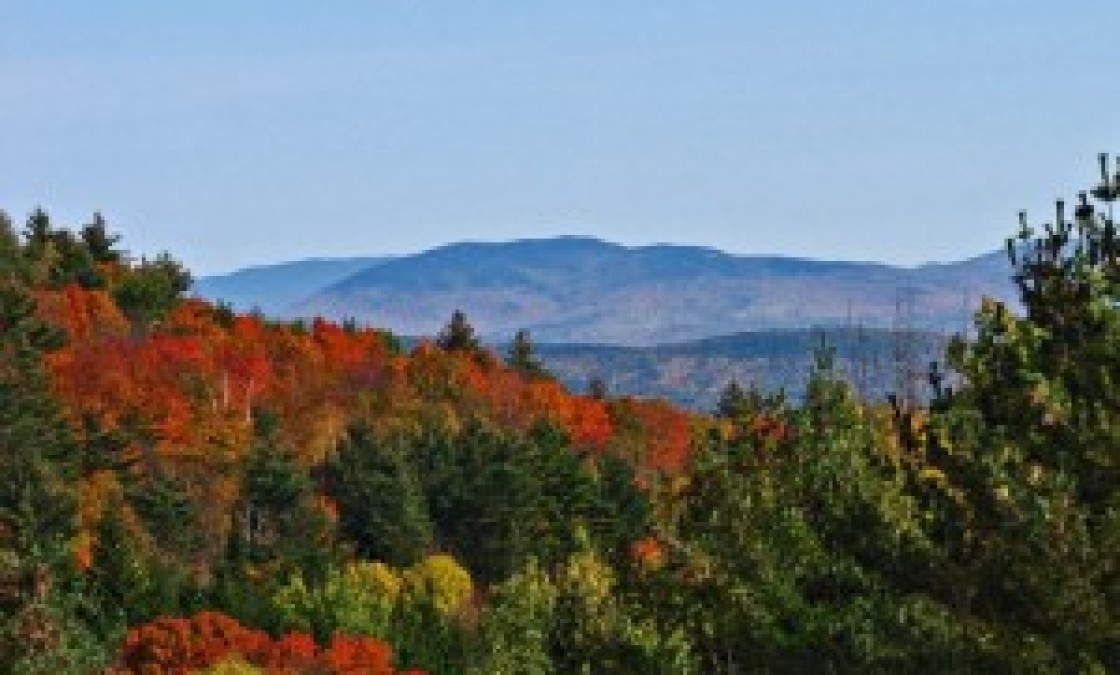Upper Valley Market Assessment
In the context of a domestic real estate market that has struggled since its 2006 peak, the Upper Valley market has generally outperformed due to its community and lifestyle appeal combined with its relative proximity to Boston, New York and Montreal. Nationwide, the real estate market has “recovered” in 2012 due to record low interest rates (30 year mortgages below 3.50%), the dominance of FHA loan availability for borrowers, and a release of formerly foreclosed properties into the local markets by banks. U.S. home prices ended the second quarter with the first positive annual growth rates since the summer of 2010, according to Standard & Poor’s Case-Shiller indexes. Case-Shiller data shows a modest recovery from a very hard decline into 2010 although it remains very clearly a buyer’s market.

A Dozen Years to restore this market to 2000 parity…
|
|
The overall health of the real estate market is weak despite nearly yield-less 10 year Treasuries and relentless Federal Reserve liquidity creation with Quantitative Easing programs. According to the latest (8/29) Federal Reserve Beige Book, the real estate market is “generally improving,”[1] although with 11 million negative equity households in the U.S. and an estimated 6 million homes in shadow inventory that conclusion is up for debate.[2] At least, the visible inventory seemed to peak in 2008 but has moved steadily lower since that point:

Source: http://www.zerohedge.com/contributed/2012-08-24/theory-bounce-and-slog-housing-market
However, relentless monetary interventions are recreating exactly the same long term scenario in the U.S. that played out in Japan over the past quarter century.[3] And, in commercial real estate, deep-pocketed and liquid private equity investors have avoided buying CRE portfolios even with cap rates approaching 6.5%. That means prospective investors are ignoring the cap-rate spread and QE is being matched overseas in a de facto currency war underway.

The uncertainty of the Presidential election’s outcome is simply about which party headlines the same set of wealth confiscation policies with increasing layers of taxation and user fees being foisted onto households. High end real estate demand is being driven by the interest in hard assets as currencies are being debased. In reality, neither party offers credible solutions from reducing Federal spending although New Hampshire has maintained a strong municipal standing although the New Hampshire Municipal Bond Bank was recently downgraded to AA- by Fitch due to inclusion of state revolving credit obligations.[4] According to the NH Municipal Bond Bank’s 2011 Annual Report, it issued $36,185,000 in bonds that Fiscal Year, at true interest costs of 3.6%, 2.61% and 2.97%, both well below the going rate for other municipal debt at the time. The lower interest rates reflect greater demand among bond buyers for NH municipal debt and greater faith that the bonds will be repaid on time.
To be sure, 2011 and 2012 year to date have been good years for Upper Valley real estate, and Hanover specifically, although price declines in properties over the last five years have just brought average clearing prices down to town tax assessments. The housing price surge from easy credit led to a 2006 peak in housing prices in the Upper Valley, but they have slid by roughly 5% annually since then. A variety of sources like Zillow and Trulia see Upper Valley prices down about a third from their peak – about an average outcome for many U.S. communities in the past few years. The Upper Valley real estate market has also benefitted from a smaller decline in the Boston Metropolitan market since 2006 compared to 80% of the top twenty markets tracked.

Hanover, New Hampshire shines as the strongest town market in the area I like to call “UV Switzerland” as it crosses over the paired states of Vermont and New Hampshire, but also includes populations and their towns in Maine, Massachusetts and New York more broadly. The Hanover/Norwich market has specifically benefitted from the continued improvements in Dartmouth College’s physical plant/enrollment, the growth in the Dartmouth Hitchcock Hospital campus and employment, and a high quality, dual state Dresden School System.
In reviewing almost seventy MLS-listed and private transactions over the past fifteen months, it’s clear that Hanover is the strongest town market in the Upper Valley. Property owners typically listed properties on average at 6% over the town assessment, but the average property sold near assessed value. And MLS supply of over 70 properties for a small town such as Hanover reveals just three with asking prices over $2M. The premium priced streets in Hanover are Occum Ridge, Meadow and Moody Lanes, Rip and Rope Ferry Roads, and Parkway.
Normally, that would suggest an efficient marketplace but the variability in the market expectations is reflected in the over ninety properties currently offered and tracked by real estate market data firm Zillow (up 17% to 91 from 78 in spring 2012). Among the listed properties, the average transaction price or asking price ranges from nearly $500/square foot to $175/square foot. Generally, properties over 4,000 square feet top out at $400/square foot, with the average price of $270 per square foot (down 3% since spring 2012).





